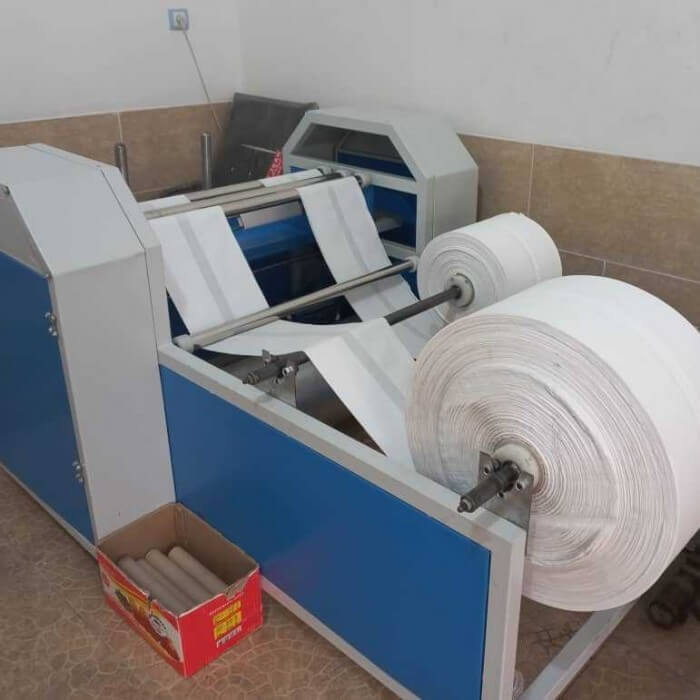
10
abrilEco-friendly Single-use Saucer Alternatives
In recent years, the importance of ecological conservation has become a major discussion topic in several areas, including the use of throwaway cups. With the growing anxiety of plastic waste and its harmful impact on the nature, many buyers are seeking out sustainable options for their throwaway cups. Some of the top options include paper cups made from recycled materials, biodegradable plastic cups, and cups made from natural materials such as cornstarch.
One of the most popular alternatives to traditional plastic cups is cardboard cups made from reused materials. Many organizations are now offering cellulose cups that are verified as recyclable, making them a more sustainable option than traditional paper cups which are not biodegradable. Another plus of cellulose cups is that they can be made from sustainably sourced raw materials, such as recovered cardboard or cornstarch, reducing the need on untreated tree pulp and minimizing tree cutting.
Biodegradable plastic cups are another type of disposable cup that has gained favor in recent years. Biodegradable plastics are made from sustainable resources such as potato starch. These cups are compostable and inert, breaking down into carbon dioxide. Some producers also claim that bioplastic cups can reduce carbon dioxide emissions and non-renewable energy consumption.
Another innovative option is cups made from natural materials like bamboo. Cornstarch is a highly eco-friendly resource, requiring less fluid and herbicides compared to tree pulp. Recycled sugar cane is not only degradable but also compostable, making it a great option for those who want the minimum carbon footprint. Cornstarch cups are also compostable and inert. They come in various forms, dimensions, and layouts, making them a flexible option for both heated and chilled beverages.
Other eco-friendly single-use cup options include cups made from mycocomposite materials. These cups are made from fungal material, the bacterial part of a fungus, which is compostable. The fabrication process also absorbs carbon emissions from the environment, making it a eco-friendly product.
Picking the right sustainable throwaway cup option depends on several considerations including resilience, heat threshold, and your wanted level of carbon footprint. When buying for throwaway cups, look for the following qualities: Forest Stewardship Council-certified cardboard or sustainably sourced raw materials, biodegradable or recyclable certifications, and minimum containering. Some producers may also have certifications such as the Compostable Items Institute (BPI) or the Eco-friendly Items Organization (CPI).
When transitioning to environmentally responsible single-use cups, consider your enterprise or individual needs. For example, restaurants can opt for reusable cups for carry-out orders or invest in implementing cup recycling programs. People can select to use recyclable cups, carry a portable cup, or purchase green cups in magnitude.
The presence of eco-friendly single-use cup options can vary depending on site and cost. When shopping for green cups, be informed of the cost associated, and request your providers about their environmental responsibility initiatives, production methods, and certification processes. Many organizations are now embracing circular economy strategies such as material reuse, waste disposal, and re-employing materials, which can provide long-term outcomes for تولیدکننده سفره یکبار مصرف buyers and the nature.
 By including eco-friendly single-use cup options into your routine life, you can assist to minimizing plastic waste and minimizing your environmental impact. For organizations and persons looking to reduce their environmental impact, these eco-friendly cups offer a functional and fashionable alternative to traditional single-use cups.
By including eco-friendly single-use cup options into your routine life, you can assist to minimizing plastic waste and minimizing your environmental impact. For organizations and persons looking to reduce their environmental impact, these eco-friendly cups offer a functional and fashionable alternative to traditional single-use cups.


Reviews